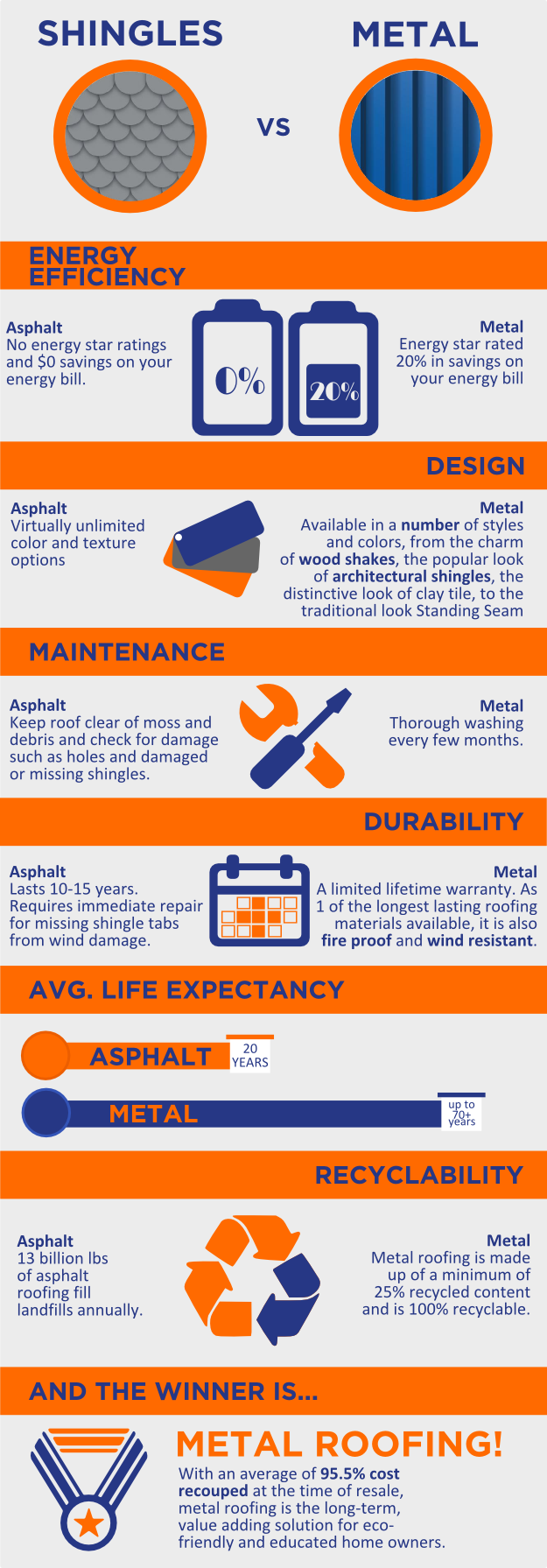Overlooking Roofing System Ventilation Can Result In Pricey Damage; Find Out The Key Elements That Assure A Successful Installment And Guard Your Investment
Overlooking Roofing System Ventilation Can Result In Pricey Damage; Find Out The Key Elements That Assure A Successful Installment And Guard Your Investment
Blog Article
Post Writer-Hermansen Poole
When you're dealing with a roofing project, you might not assume much regarding roof ventilation, but it's more essential than you understand. Effective air flow aids control temperature level and moisture in your attic room, protecting against issues like mold and mildew and architectural damages. By understanding just how to design and set up a balanced air flow system, you can improve power effectiveness and extend the life-span of your roof products. So, what are the crucial factors to consider throughout setup that can make all the difference?
Relevance of Roofing System Ventilation
Roof covering ventilation plays a crucial function in preserving the overall wellness of your home. By permitting fresh air to flow via your attic, it aids control temperature and wetness degrees. This equilibrium is vital to prevent warm accumulation throughout hot months, which can bring about boosted power costs as your a/c burns the midnight oil.
Additionally, Read Home Page reduces the threat of moisture-related issues like mold and mold. If humidity levels climb, your home's architectural integrity can be compromised, leading to expensive repairs. You would not wish to deal with decaying timber or warped roof products, right?
Additionally, appropriate air flow extends the lifespan of your roofing system. When heat and dampness are kept in check, your roofing system can carry out ideally, avoiding early wear and tear. This implies fewer migraines and costs down the line.
Exactly How Roofing Ventilation Works
Reliable roof covering air flow depends on the natural movement of air to develop an equilibrium between consumption and exhaust. When you install vents, you're basically permitting fresh air to enter your attic while enabling hot, stagnant air to run away. This process helps regulate temperature level and wetness degrees, avoiding issues like mold and mildew development and roof damages.
Consumption vents, normally located at the eaves, draw in cool air from outside. Meanwhile, exhaust vents, located near the ridge of the roofing, allow hot air surge and leave. The distinction in temperature level creates an all-natural airflow, known as the pile impact. As warm air rises, it develops a vacuum that pulls in cooler air from the lower vents.
To optimize this system, you need to ensure that the consumption and exhaust vents are correctly sized and positioned. If the consumption is limited, you will not accomplish the wanted air flow.
Similarly, inadequate exhaust can catch warmth and moisture, bring about prospective damages.
Secret Setup Factors To Consider
When mounting roof ventilation, a number of essential considerations can make or break your system's effectiveness. Initially, you require to analyze your roof covering's style. The pitch, shape, and products all influence airflow and ventilation option. Make certain to select vents that suit your roofing kind and local environment problems.
Next off, consider the placement of your vents. Ideally, you'll desire a balanced system with intake and exhaust vents placed for ideal air flow. Area intake vents low on the roofing and exhaust vents near the height to motivate a natural circulation of air. This setup aids stop moisture build-up and promotes power efficiency.
Don't forget insulation. Correct insulation in your attic prevents warmth from leaving and keeps your home comfy. Make sure that insulation does not obstruct your vents, as this can prevent airflow.
Lastly, think of maintenance. recommended that are simple to gain access to for cleaning and inspection. Regular upkeep ensures your system remains to operate successfully in time.
Verdict
In conclusion, roof ventilation is crucial for a successful setup. By ensuring correct air movement, you can stop heat accumulation and moisture concerns that lead to pricey damages. When you strategically setting intake and exhaust vents, you improve energy performance and lengthen the life expectancy of your roofing. Bear in mind, a well-ventilated roofing system not just protects your investment but additionally boosts your interior air quality. So, focus on ventilation to make sure a resistant and affordable roof for your home.
